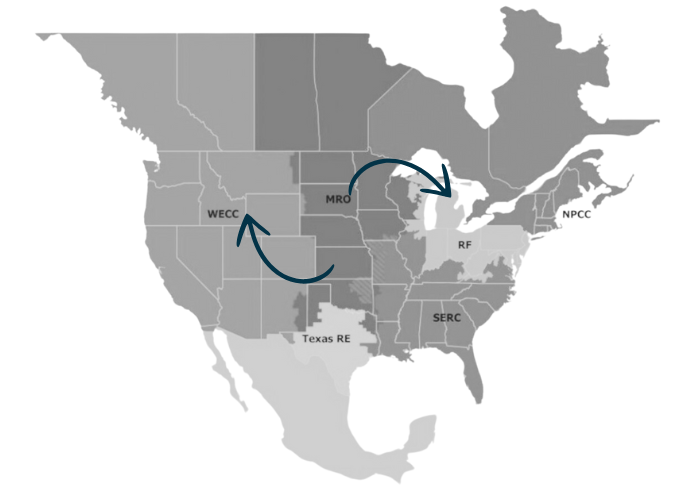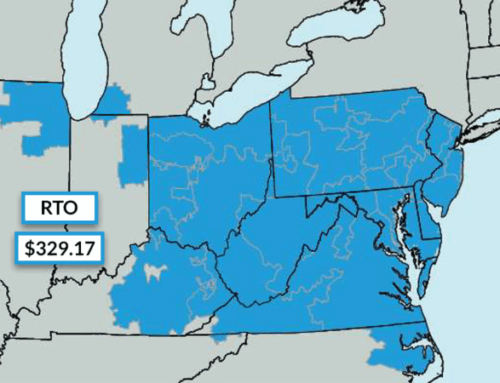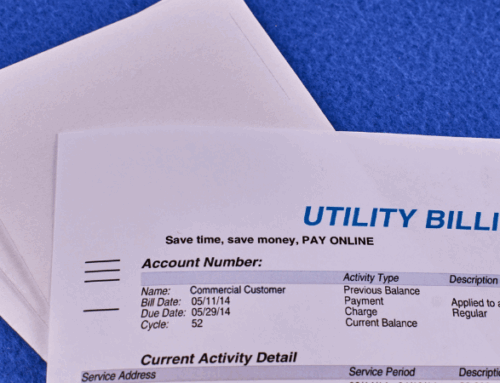The U.S. power system, although divided into several regional grids, is interconnected and delivers reliable power to millions of homes and businesses throughout the country. At the center of the power system is the concept of “wheeling power”, which is a critical process that allows the transmission of electricity from one electricity grid to another. Wheeling power allows grid operators to rely on one another during supply shortages, where they can purchase electricity from another region. This also allows energy customers and traders to benefit from the interconnected nature of the electric system. This article explores the process of wheeling power, its benefits, and drawbacks.
What Is Wheeling Power And How Does It Work
Wheeling power is the process of transmitting electricity across different power grids owned and operated by different entities. It allows energy generated in one location to be delivered to end-users in another, often crossing utility service areas or state lines. Utility companies and transmission owners play a vital role in facilitating this power flow by enabling access to their transmission networks for energy producers, traders, and buyers. This process not only promotes energy stability but also supports the integration of renewable energy by transporting electricity from distant solar farms or wind turbines to urban centers where demand is higher.
The wheeling process starts with a generation source, such as a power plant or renewable energy solar farm. The electricity is then transmitted via high-voltage transmission lines to the destination utility or end-user. Utilities, Independent System Operators (ISOs), and Regional Transmission Organizations (RTOs) coordinate this flow, ensuring the electricity reaches its destination reliably. Scheduling agreements between energy producers, transmission operators, and buyers outline the terms of the power transfer, including capacity allocation, line losses, and timing. By balancing supply and demand across the grid, wheeling power ensures stable electricity delivery and enhances grid flexibility.

The Costs Of Wheeling Power
Wheeling power from one electric grid to another comes with costs known as wheeling charges. These are fees for using transmission lines and associated infrastructure to transmit power from one location to another. Depending on whether the power lines are located in regulated or deregulated energy states, transmission owners or utilities levy these charges to cover the costs of maintaining their transmission networks. These charges vary by region and are influenced by grid interconnection agreements between utilities, energy producers, and end-users.
Factors Influencing Wheeling Charges
The cost of wheeling electricity depends on several factors. The distance electricity travels is a major consideration, as longer transmission distances create more line losses and require more resources and infrastructure. Transmission line capacity and power congestion also play a role as highly congested areas may incur additional charges to reflect the increased demand. Specific agreements between utilities, transmission owners, and customers further influence the total cost, as energy contract terms can vary widely and often affect the total wheeling price.
Calculating Wheeling Charges
Wheeling charges are generally calculated using a combination of fixed and variable costs. Fixed costs include infrastructure maintenance and system administration, while variable costs depend on factors like the distance the electricity travels and the capacity of the transmission lines used. Additional costs, such as congestion pricing and line losses (the energy lost during transmission), may also be included in the wheeling contract. ISOs and RTOs play a key role in standardizing these calculations, ensuring fairness and transparency across the interconnected electric grid.
Energy Trading & Power Wheeling
Power wheeling also plays a significant role in energy trading. Because this practice enables the transportation of electricity across regions, energy traders and suppliers alike often wheel power to meet consumer demand and generate profits. Utilities, energy producers, and traders use wheeling to move surplus electricity from generation hubs to areas with higher demand, capitalizing on price differentials across regional markets. For example, a speculative energy trader might contract with a wind farm that has excess generation not being deployed in its local market, and wheel that power to an urban area with higher demand and higher prices. The trader’s costs are the price of the wind energy plus the wheeling costs. If he can sell the power in the other market for a higher price, he can turn this practice into a profitable trade. Wheeling supports the integration of renewable energy into these markets, allowing wind and solar power generated in remote locations to reach urban and industrial centers.
By leveraging the interconnected grid, energy traders also support the retail energy markets by selling wheeled power to retail electricity suppliers. This practice provides competitive pricing to end-users while maximizing revenue for the trader. This dynamic not only drives profitability for energy traders but also enhances grid efficiency and fosters a more competitive retail energy landscape.
Final Thoughts
Wheeling power is the cornerstone of a reliable and interconnected power grid as it enables the seamless flow of electricity across regions to meet demand. It also plays a vital role in supporting renewable energy integration by providing an income source for renewable generation, allowing asset owners to sell power across the country. For businesses navigating the complexities of the energy markets, understanding wheeling power is key to optimizing costs and ensuring sustainability. At Diversegy, we specialize in guiding energy customers through the intricacies of the market, from cost optimization to tailored energy strategies. Contact us today to learn how we can help you achieve your energy goals and explore innovative solutions for your business.



